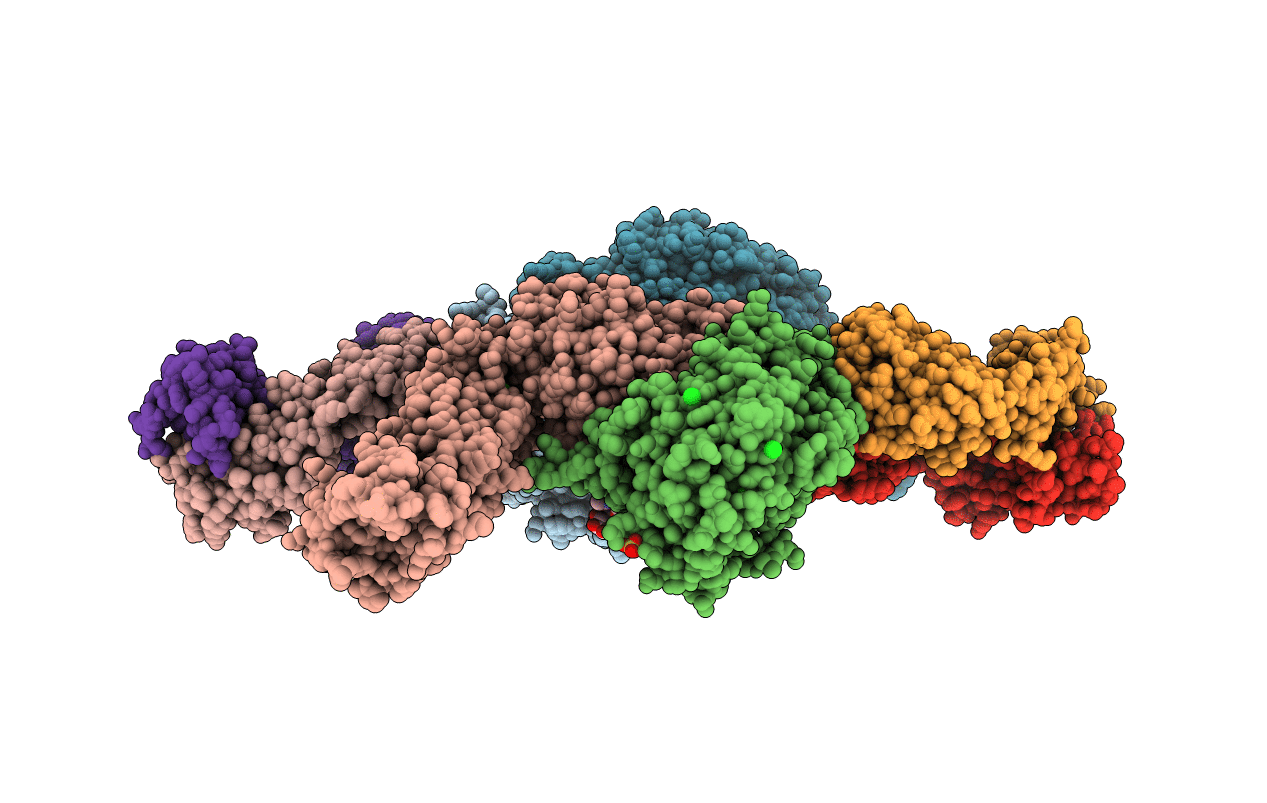
Deposition Date
2022-03-30
Release Date
2022-08-17
Last Version Date
2024-11-13
Entry Detail
PDB ID:
7UJE
Keywords:
Title:
Integrin alpha IIB beta3 complex with UR2922 in Mn2+
Biological Source:
Source Organism:
Homo sapiens (Taxon ID: 9606)
Mus musculus (Taxon ID: 10090)
Mus musculus (Taxon ID: 10090)
Host Organism:
Method Details:
Experimental Method:
Resolution:
2.50 Å
R-Value Free:
0.23
R-Value Work:
0.20
R-Value Observed:
0.20
Space Group:
P 21 21 2


